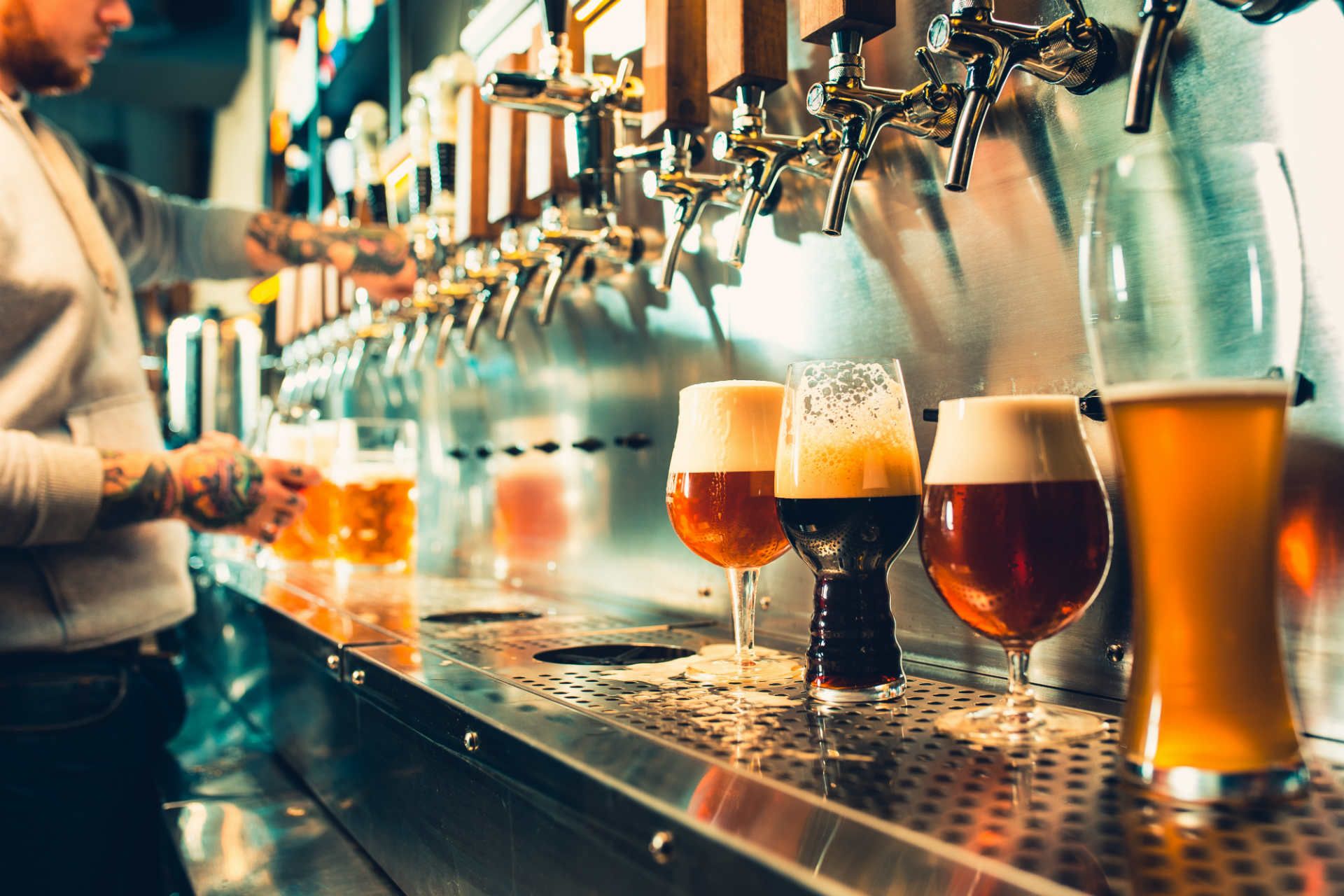4. Hefeweizen (Weissbier) – Bavaria’s cloudy, flavor-packed classic
Nothing hits quite like a tall, frosty Weissbier after a hike in the Alps or a day carving through powder. Brewed with a high proportion of wheat, this southern German beer style is hazy, frothy, and full of character. Weiss means “white,” referring to its pale, cloudy appearance.
The most iconic version is Hefeweizen – “yeast wheat” beer. Unfiltered and bottle-conditioned, it’s got a creamy mouthfeel and a distinct flavor profile: expect clove spice, hints of banana, and a soft, bready finish. It’s unlike any other beer in Germany – and once you’ve had a good one, you’ll never confuse it with bland wheat beers again.
Try:
- Weihenstephaner Hefeweissbier – From the world’s oldest brewery, and still one of the best German beers out there.
5. Berliner Weisse – Berlin’s tart, low-alcohol classic
Sour beers might be trending now, but Berlin was way ahead of the curve. Berliner Weisse is a sharp, citrusy wheat beer that packs a punch without the booze, usually clocking in at just 2.5-4%. Tart, refreshing, and built for summer, it’s one of the most distinctive German beers you’ll find.
Traditionally, locals added fruit syrups to balance the sourness, but modern versions often let the natural acidity shine. It’s light, it’s funky, and it’s back on the radar thanks to the craft beer scene.
While you’re at it, try a Gose too – a salty, coriander-spiced cousin that’s equally sessionable (sorry, it’s a beer word, but it fits).
Try:
- Bayerischer Bahnhof Berliner Style Weisse – Bright, tart, and true to form.
- Bayerischer Bahnhof Gose – A well-balanced take on Leipzig’s salty specialty.









